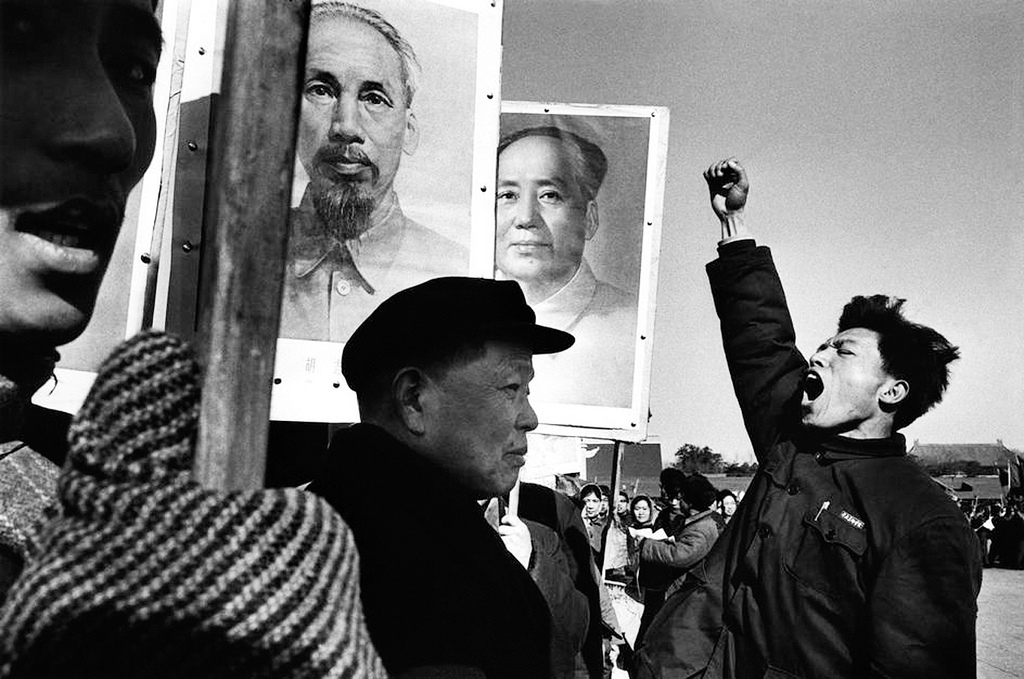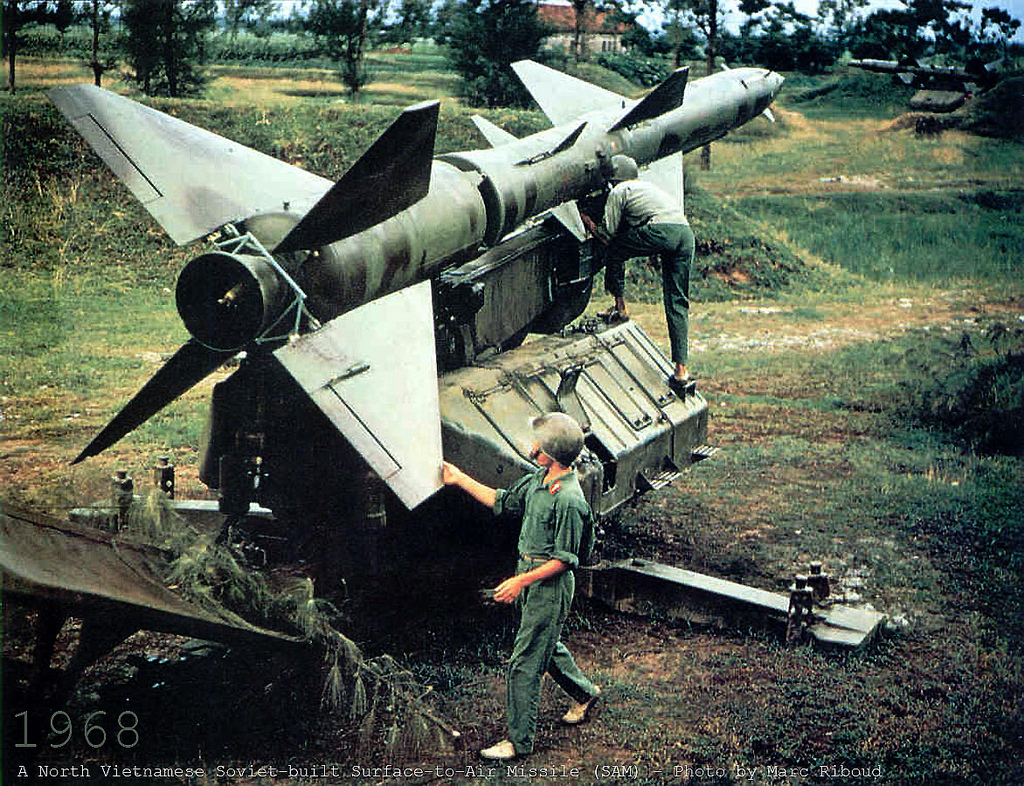-
Who was in the Vietnam War?
-
Who fought in the Vietnam War?
The main countries involved in the Vietnam War were North and South Vietnam. South Vietnam was backed by anti-communist countries and members of the South East Asia Treaty Organization (SEATO) which included the United States, South Korea, Australia, the Philippines, New Zealand, Thailand, Khmer Republic (later overthrown by Khmer Rouge), Kingdom of Laos and Republic of China (Taiwan). North Vietnam was backed by the communist allies which included People’s Republic of China, Soviet Union, Pathet Lao (Laotian Communist insurgents), Khmer Rouge (Cambodian Communist insurgents) and North Korea.
There were 6 Free World nations and 2 communist allies that officially sent men and material support to South and North Vietnam respectively. In total, there were at least 21 countries* reported to get involved in the entire wars in Vietnam – from the First Indochina war (December 19, 1946 – August 1, 1954) to the Vietnam war (the Second Indochina war) (November 1, 1955 to April 30, 1975):
- France
- Japan
- The United Kingdom (members of Allied Control Commission (ACC))
- India (members of ACC)
- Democratic Republic of Vietnam (North Vietnam)
- Soviet Union
- People’s Republic of China
- North Korea
- Cuba
- Laos (Kingdom of Laos and Pathet Lao)
- Cambodia (Khmer Republic and Khmer Rouge)
- Republic of Vietnam ( aka South Vietnam (1955 – 1975) succeeded State of Vietnam (1949 – 1955) )
- The United States
- South Korea
- Australia
- New Zealand
- Thailand
- Philippines
- Taiwan
- Spain
- Canada and the ICC (later ICCS)
* Most of the communist allies hardly disclose any details of their activities during the conflict although their involvement in Vietnam was apparent. Some countries such as Cuba and Taiwan provided secret supports to their respective allies while others such as Czechoslovakia, East and West Germany although did not officially participate offered military advisors, engineers and doctors in their allies’ forces. There were also members of the International Control Commission (ICC) and International Commission of Control and Supervision (ICCS) who albeit supposedly neutral took sides and even offered aid to them such as Poland and Canada. Therefore, their roles and involvement remain unclear.
Key belligerents
I. Communist Allies
People’s Republic of China
People’s Republic of China (PRC) was the first country that recognized the Democratic republic of vietnam (DRV) led by Ho Chi Minh back in January 1950. In the same year, they also sent weapons and military advisors to assist the viet Minh in their war against the French. Prior to the recognition and support, the Chinese communists and Viet Minh had been co-operating in their respective struggles during 1946-49, up until the Chinese communists won the civil war in 1949.
In the 1954 Geneva Accords, following the Soviet Union, Chinese Premier Zhou Enlai urged the Viet Minh to accept a temporary partition of Vietnam at the 17th parallel. China continued to provide military aid and support to North Vietnam years after the first Indochina war.
The Chinese interpreted American “aggression” against North Vietnam after the Gulf of Tonkin incident as their own and threatened to militarily intervene in North Vietnam if American forces crossed the DMZ. This was reinforced by a treaty signed during a Hanoi delegation’s visit in Beijing in July 1965 to provide Hanoi enough economic support and necessary equipment for national defense. In December, another Beijing-Hanoi pact was signed granting a series of loans of undetermined amounts to North Vietnam.
Since 1965, China also began to send AAA divisions and engineering units to help Hanoi counter U.S. overwhelming air strikes during Operation Rolling Thunder, repair the destruction caused by American bombing as well as rebuild roads, railroads and defend critical infrastructure in the North.
Meanwhile, the relationships between China and Soviet Union began to deteriorate through the 1960s. Sino-Soviet relations went from bad to worse after the Soviets invaded Czechoslovakia in August 1968 and reached its nadir with an armed conflict at Sino-Soviet border in March 1969. Despite the tensions, both Beijing and Moscow shared the same view on the conflict in Vietnam. The Chinese allowed Soviet materiel across China for the North to prosecute wage the war.
At the same time, Sino-Vietnamese relationship also soured as Hanoi refused to cut relations with Moscow as per Beijing’s demand as well as disagreement in Paris peace negotiations and particularly U.S. President Nixon’s visit to China in 1972.
Since then, China played a decreasing and more passive role in helping their former close allies. Chinese troops in North Vietnam would eventually withdraw, for the most part, by 1970. Besides, China also began to fund, arm and train the Khmer Rouge in Cambodia as a counterbalance to the Vietnamese communists.
Nonetheless, during 1972 – 1975, China continued to provide the sinews of modern war that would enable NVA to launch two modern and large-scale offensives against South Vietnam in both 1972 and 1975 which eventually ended the Vietnam War.
To conclude, China played an active and crucial role in supporting their communist ally in the Vietnam war the with more than 320,000 Chinese troops stationed in North Vietnam between 1965 and 1971, peaking in 1967 with around 170,000 Chinese in the DRV. An approximately 1,000 Chinese were killed in North Vietnam in the late 1960s.
However, it’s worth noticing that after China’s ally Khmer Rouge conducted some savage raids along the border between Vietnam and Cambodia during 1975–1978 and Vietnam responded with an invasion that overthrew them, China decided to launch a brief, punitive border invasion of Vietnam in 1979 sometimes known as the Third Indochina War to “teach them a lesson”.
Soviet Union
In the aftermath of the World War II, the Soviet Union paid little attention to the communist movement (Viet Minh) in Vietnam who was largely outside Moscow’s sphere of influence. The situation changed dramatically when the Chinese communist won the civil in mainland china in October 1949 and fostered the communist movement further to Asia.
Although Moscow belatedly recognized Ho’s government in January 1950, they rejected his request to back North Vietnamese movement for independence against the French. Instead, Joseph Stalin encouraged Mao Zedong to assist North Vietnam, which he did in the First Indochina War and through the rest of the 1950s.
The death of Stalin in March 1953 and the stabilization of events in Europe drew Moscow’s attention back to Southeast Asia. Similar to Beijing, Moscow who feared U.S. direct intervention in Vietnam urged Ho Chi Minh to accept the temporary division of Vietnam of the 1954 Geneva Accords and focus on building the country’s military and economy instead.
The Soviet Union remained indifferent with the conflict in Vietnam in early 1960s under Nikita Khrushchev even after the Gulf of Tonkin incident. Things changed when Khrushchev was out of power and replaced by Leonid Brezhnev who favored more direct involvement to aid North Vietnam.

